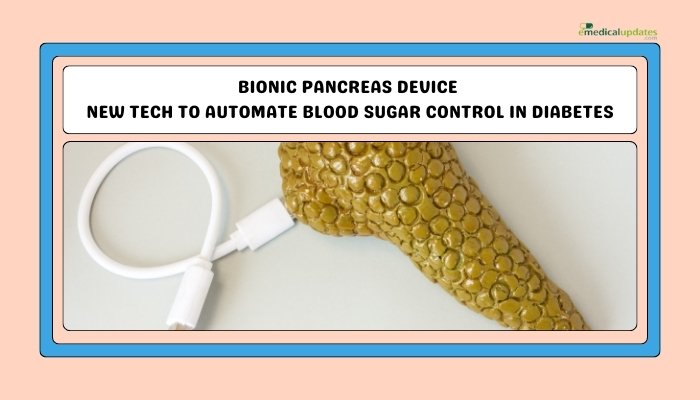It is absolutely thrilling to learn about various organs of our body.
Though many organs are of common knowledge, certain organs stay away from the understanding of common folk.
Gallbladder is such an organ that stays hidden inside human body and in the minds of anatomists and doctors.
Gallbladder is a hollow organ which is pear-shaped, situated below the liver, on the right side . Its main function is to store bile that is produced from the liver. Bile helps in absorption of digested fat in food.
The structure itself is pear-shaped because, its fundus is wide and then it narrows in diameter gradually before reaching its infundibulum and neck (4, 5, 6).
Gallbladder (Location in the body)
Our abdomen can be divided into four quadrants by drawing two imaginary planes through the level of umbilicus (navel). The details of the division of these planes and organs in different quadrants can be seen by clicking here.
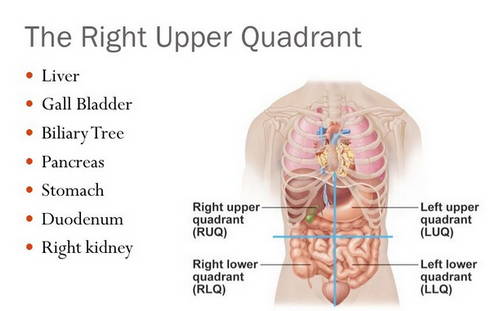
Image 1: Right upper quadrant of the abdomen showing gallbladder in position.
Picture Source: slideplayer.com
Gallbladder is a part of our digestive system that helps in fat digestion. In the right upper quadrant of the abdomen, just below the liver, gallbladder lies deep inside.
It is connected by set of ducts which communicates it with liver and the duodenum (part of small intestine).

Picture 2: A green, bag like organ can be seen just below and behind the liver. That is the gallbladder.
Photo Source: 3.imimg.com
In the above image, you can see the ducts which are connecting to and from the gallbladder. Right and left lobes of liver send out ducts which join together to form common hepatic duct.
Cystic duct connects the gallbladder to the common hepatic duct and forms common bile duct.
Further down, it receives a duct from pancreas and then drains into the second part of duodenum (1).
It is quite interesting to find where gallbladder is located inside your body. Following a few points on your body surface helps in finding the exact location.

Photo 3: Below the diaphragm, the liver, gall bladder and costal margin is identified in this image.
Image Source: web.duke.edu
- Identify the costal margin (lower border of the rib cage) on your right side.
- Identify your right clavicle (collar bone) just below your neck (2).
- The point of intersection between an imaginary line drawn from the middle of the right clavicle downwards and the right costal margin can be identified (2).
- This is same as the tip of 9th costal cartilage. It is also the point at which the right costal margin meets the outer border of right rectus abdominis muscle (3).
- Under this point lies the tip of gallbladder.
In fact, it is difficult to feel the gallbladder there under normal conditions. When it is inflamed as in case of acute cholecystitis, pain can be elicited here, named as Murphy’s sign. Details about Murphy’s sign can be seen by clicking here.
Where is Gallbladder pain felt?
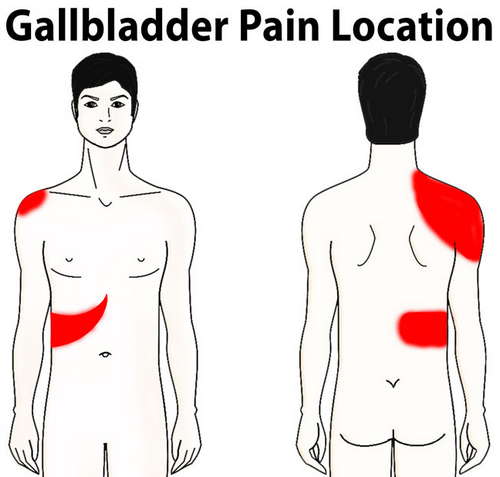
Image 4: A diagram showing the areas where gallbladder pain can be felt.
Picture Source: www.ehealthstar.com
Gallbladder pain can be felt in the area of gallbladder, which is right upper quadrant of abdomen.
The pain may radiate into the nearby areas of the abdomen and back, including lower part of the right scapula. This is because the same nerve might be supplying the adjacent areas.
Occasionally, the pain may be felt in the right shoulder. This is called as ‘referred pain’. The reason behind this requires little more understanding of the anatomy of nerve supply. We will discuss the referred pain related to gallbladder in this portion of the article.
In case of gall bladder, whenever there is a cause of pain to it, the sensation of pain is carried by certain sensory nerves. The right phrenic nerve (nerve to the diaphragm) carries sensory inputs from the gall bladder to the spinal cord.
You can imagine this as a set of electrical cables passing from the gall bladder which passes up through the diaphragm and reaches its destination in the spinal cord.
The area of skin over the right shoulder is supplied by Right supraclavicular nerve . Here comes the catch. Supraclavicular nerves arise from the same area of spinal cord, from where the phrenic nerve arises (C3, C4, C5).
So, when the pain is actually coming from the gall bladder, brain may misunderstand it and consider it as pain coming from the shoulder.(6, 7, 8)
Why does Gallbladder pain?
Gallbladder pain can occur due to two major reasons. Most commonly there can be stones in the gallbladder.
These stones are cholesterol, calcium, or bile pigment stones which have developed over a period of time.
Similarly, pain can occur when there is inflammation of the gallbladder walls. This inflammation can occur with or without the stones (9).
- Gallbladder stones – This can result in recurrent severe pain in the abdomen with vomiting.(1)
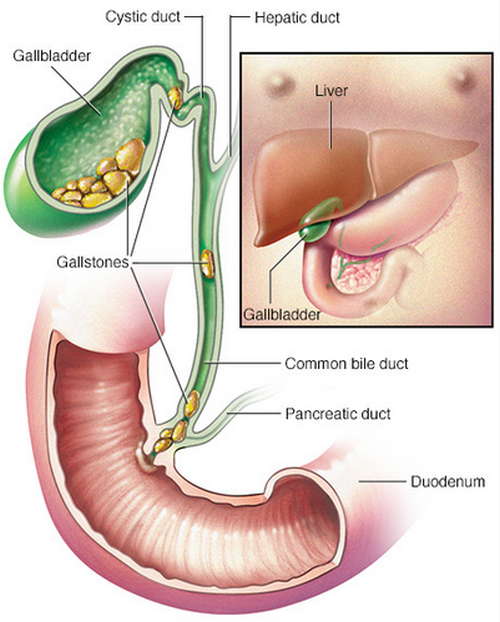
Picture 5: A diagrammatic representation of gallstones at different sites in the biliary tract.
Photo Source: 5.imimg.com
- Acute cholecystitis – The acute inflammation of gallbladder walls, mostly seen with gallbladder stones. The associated pain is similar to that of cholelithiasis (gallbladder stones) (1).
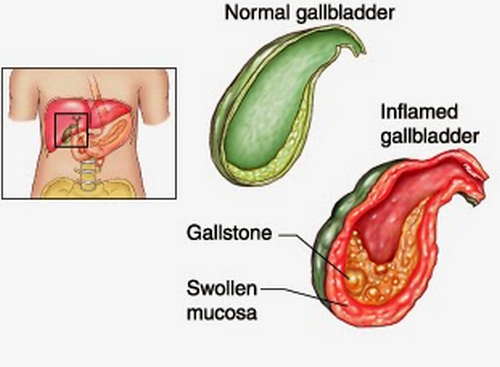
Photo 6: A pictorial comparison between a normal gallbladder and a gallbladder with acute cholecystitis.
Image Source: 2.bp.blogspot.com
- Biliary colic – Anything that leads to obstruction of the bile duct can lead to biliary colic. This may be bleeding into the duct, parasites, any growth that obstructs the duct, or maybe stones itself (1).
- Ascending cholangitis – When there is obstruction in the biliary tract, bacteria can climb up the tract to cause infections. This is known as ascending cholangitis(1).

Image 7: Pathogenesis of ascending cholangitis.
Picture Source: coreem.net
See for further Information on : Gallbladder Attack
Other conditions that affect Gallbladder
- Biliary Dyskinesia – In this condition, the normal function of the biliary tract is reduced. This means, there is a reduced peristaltic movement of the duct that carries bile to duodenum which results in a back flow of the bile. It may cause abdominal pain (10, 11).
- Sclerosing cholangitis – In certain people, there can be repeated inflammation of the biliary tract. This results in thickening of the walls leading to narrowing of the lumen of the tubes. When a duct such as bile duct gets narrowed due to the fibrotic thickening, it is called as stricture/sclerosis (10, 12).
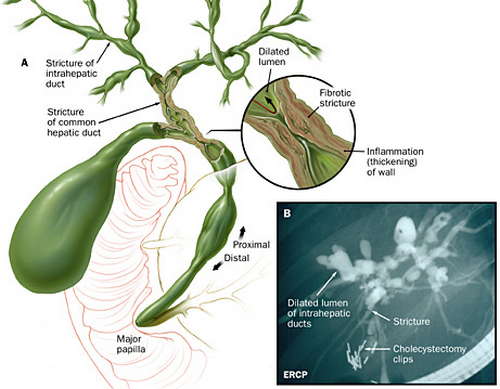
Picture 8: Image showing fibrotic stricture at various levels of the biliary tree. The bottom image is of a cholangiogram showing stricture.
Photo Source: www.halstedsurgery.org
- Polyp – Gallbladder polyps are small protrusions from the inner lining of the gallbladder. Generally (95%) they are not cancerous. But around 5% of the polyps can be cancerous (10, 13).
- Cancer of the gallbladder – A relatively uncommon occurrence in case of gallbladder. Generally they are found out in the late stages as their symptoms are not specific. Common symptoms such as abdominal pain, bloating, fever and jaundice are usually ignored. Even though the exact cause for the cancers is unknown, few risk factors such as chronic infection of the gallbladder, polyps and stones are suggested(10, 14).
- Abscess of the gallbladder (empyema of gallbladder) – During acute cholecystitis or cholelithiasis, when the outflow of the bile is obstructed from the gallbladder, bacterial infection can occur. This results in pus collection within the lumen(10, 15).
- Gangrene of the gallbladder – Gangrene occurs due to reduced blood flow to any region of the body. In case of gallbladder, this can occur as a complication of cholecystitis (10) .
Symptoms of gallbladder disease
Common symptoms of any gallbladder condition include fever, abdominal pain, nausea, vomiting, jaundice, bloating of abdomen etc.
Diagnosis
The diagnosis of gallbladder issues can be done clinically. But, the main stay for diagnosis includes various investigative procedures (16).
Blood tests
- A complete blood count to check the count of white blood cells that increase during infections.
- Pancreatic enzymes such as Serum Amylase and Serum Lipase to rule out any involvement of pancreas.
- Liver function tests can indicate the rise in bilirubin levels which can be seen in jaundice.
Radiological study
- X-ray of the abdomen
- CT scan of the abdomen
- Cholescintigraphy/HIDA Scan- This is done using a radioactive material hydroxyl imino diacetic acid (HIDA).
- MRI Scan
- Endoscopic retrograde cholangiopancreatography (ERCP) – This is an endoscopic procedure by which a dye is injected to the biliary tract and
- used for diagnosis of biliary and pancreatic diseases.
What not to eat when gallbladder has a problem
The bile stored in gallbladder is used mainly for the digestion of fatty food which comes to the intestine. When gallbladder has stones, or is having an inflammation, it safer and better to avoid any food which is rich in fat . Poultry, fish and lean meat along with fresh fruits and vegetables when eaten, have been seen not to increase the pain (17).
Treatment
The treatment of various conditions of the gallbladder depends on the problem itself. In case of cholelithiasis (gallbladder stones), usually surgical removal of the gallbladder (cholecystectomy) itself is the treatment .
Cholecystitis (inflammation of the gallbladder) usually requires admission to reduce the pain and infection with antibiotics and other supportive treatments (18, 19).
References:
- https://www.medicinenet.com/gallbladder_pain_gall_bladder_pain/article.htm
- https://en.wikipedia.org/wiki/Murphy%27s_sign
- http://aibolita.com/sundries/8173-surface-anatomy-and-surface-markings.html
- https://en.wikipedia.org/wiki/Gallbladder
- Hall, Arthur C. Guyton, John E. (2005). Textbook of medical physiology (11th ed.). Philadelphia: W.B. Saunders. pp. 802–804
- https://www.ncbi.nlm.nih.gov/books/NBK459288/
- https://en.wikipedia.org/wiki/Cutaneous_innervation_of_the_upper_limbs
- https://en.wikipedia.org/wiki/Supraclavicular_nerves
- https://www.emedicinehealth.com/gallbladder_pain/article_em.htm
- https://www.healthline.com/health/gallbladder-disease#diagnosis
- https://en.wikipedia.org/wiki/Biliary_dyskinesia
- https://www.mayoclinic.org/diseases-conditions/primary-sclerosing-cholangitis/symptoms-causes/syc-20355797
- https://www.mayoclinic.org/gallbladder-polyps/expert-answers/faq-20058450
- https://www.mayoclinic.org/diseases-conditions/gallbladder-cancer/symptoms-causes/syc-20353370
- https://emedicine.medscape.com/article/174012-overview
- https://www.webmd.com/digestive-disorders/tests-diagnose-gallbladder-problems
- https://www.webmd.com/digestive-disorders/features/gallbladder-diet-foods-for-gallbadder-problems#2
- https://www.webmd.com/digestive-disorders/qa/whats-the-treatment-for-gallstones
- https://www.webmd.com/digestive-disorders/what-is-chloecystitis#3

